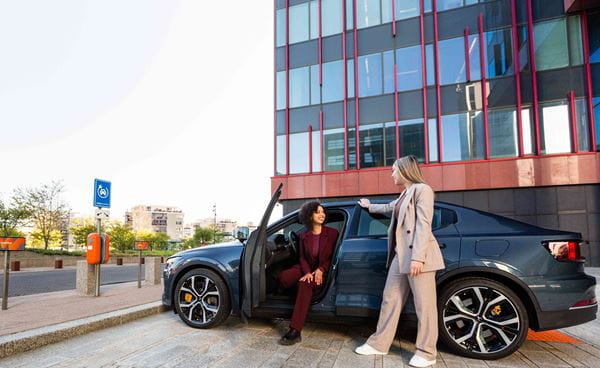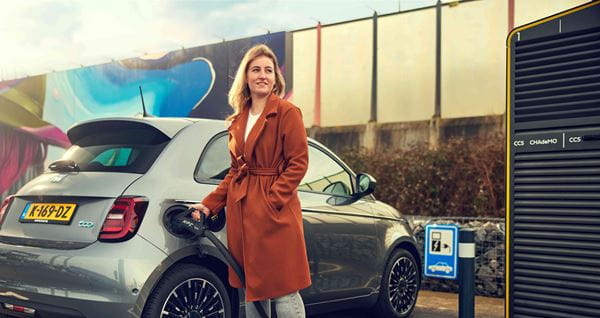
Transitioning An Post’s fleet from ICE vehicles to electric vehicles
During the 2021 Fleet Europe Fleet Week, Garrett (An Post) and Mark (LeasePlan) sat down for a Q&A about the Irish Postal Service’s switch to an electric fleet. This journey began two years ago and, while it’s still ongoing, great strides have already been made. Garrett and Mark have put together some key learnings from this project to help other business looking at making the switch themselves.
**Who: **Garrett Bridgeman: Managing Director, An Post (Irish postal service) Mark Lovett: LeasePlan, Head of Light Commercial Vehicles
Profile: An Post (Irish postal service). Delivering 2.1 million letters and parcels daily with a current fleet size of 4,500+ final mile vehicles, including over 1,000 EVs with 120 depot locations.
Situation: To meet 2030 carbon neutral targets the An Post needs to make the switch from internal combustion engine (ICE) vehicles to electric vehicles (EVs) and electric light commercial vehicles (eLCVs).
**Objectives: ** Carbon neutral by 2030 All electric vehicles in 4 cities by end of 2020: Achieved in 2 cities and almost complete in the other 2 (delayed due to COVID-19)
It’s really encouraging for fleets to see other fleets who have gone for it and are using eLCVs
Key learnings from An Post’s electric vehicle journey:
1. Start in cities
Standard EV range is around 400km. When working from a network management point of view you’re looking 100km per route so it makes sense to start the roll out in cities.
2. Work on critical routes
When looking at charging always work on critical routes first. This ensures vans on the most critical routes always have access to charging.
3. Be mindful of staff bringing vehicles home
Staff bringing vehicles home and not to central depots or locations can cause charging and range issues. You will need to find charging solutions for this.
4. Look at total cost of ownership
Look at TCO and not just purchase price. Typically eLCVs and EVs have a higher purchase price, which can make the case to switch harder to justify. But, with EVs and eLCVs you need to look at the running costs too. Electric LCVs typically cost less than ICE LCVs as there’s less wear and tear and the resale value can be higher.
5. Expect an increase in staff satisfaction
An increase in staff satisfaction was an unexpected consequence but a great one. Staff are happier driving an electric vehicle and find it more relaxing.
6. Demand is there from customers, prospects and society
Customers don’t want their post turning up in a heavy polluting van, media coverage for making the switch has been very positive and increasingly, questions on how sustainable the fleet is are included in tenders. You might not be able to apply for certain tenders if you don’t have EVs in fleet.
7. Intend to keep eLCVs longer
Expect to keep electric LCVs around 2 years longer than ICE LCVs as the electric vans have less moving parts and a longer lifecycle.
8. Trial eLCVs with employees first
Trial eLCVs with employees to remove any scepticism about them. Once people try using an electric van their worries and doubts often disappear as they see how easy it is. Offering driver training is also important for a smooth transition.
9. Phase the transition
Don’t transition the entire fleet in one go. Gradually bring them in so you can compare them in operation to existing vehicles in fleet. Then you can highlight the benefits they bring, making it easier to speed up the transition. They start to prove themselves.
Mark: Don’t do too much too soon and don’t do it all yourself. This is the biggest mistake fleet managers make when making the switch. Trying to do everything all at once and by yourself is too difficult to do. Transition in phases and use the expertise from your colleagues, OEMs, leasing/fleet management company. Make it a collaborative process.
Garrett: Don’t underestimate the chargers. Look at the critical paths your vehicles will take, the number and types of chargers you need and where do they need to go. Setting up chargers and figuring our electricity sources can take time.


.jpg?rev=ad671359e66c4d16a7139538e50c3234&mw=600)

